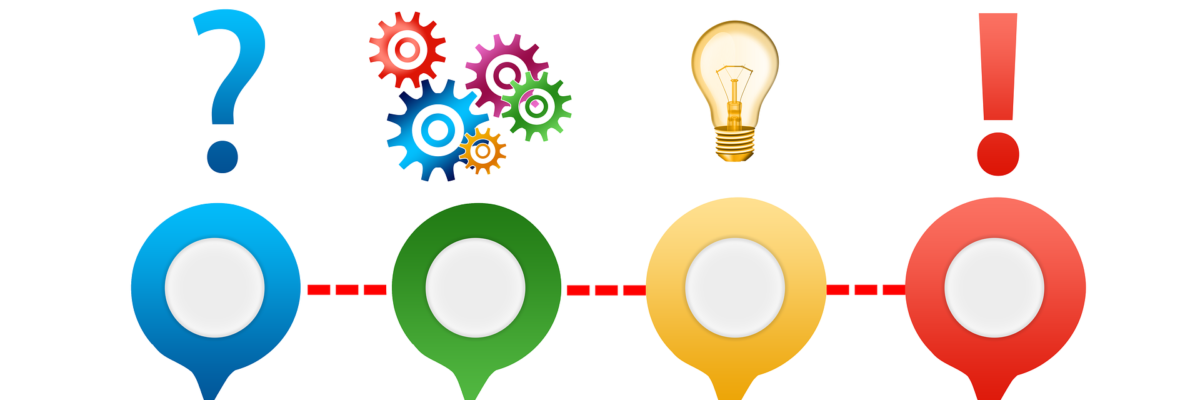Two-thirds of the way through my DLL master’s program, and I feel like I’m finally getting to put all of my thoughts and ideas from my innovation plan into concrete form, designing the online course portion of the professional learning program I’m proposing.
This is where the rubber rather terrifyingly meets the road, turning all of the planning and theories and brainstorming into an actual course of study that real human beings will undertake. It’s my first attempt at a fully online course–my experience thus far has been in blended learning environments–which is both daunting and exhilarating. Paradoxically, though, I’m finding that examining how to create an effective online learning environment is also guiding my thinking in my face-to-face courses as well. The OSCQR Online Course Quality framework, for example, provides 50 standards for the development of an effective online course, but I’m finding that in a lot of ways the standards really just look at effective organization and communication through the lens of technological guidelines. At their heart, the OSCQR standards are about giving learners the information and tools they need to be successful. Sometimes that looks like outlining the scaffolding necessary to make sure learners have the technological skills to complete course content; other times it may look like describing how to break down a course syllabus so that important information like learning objectives can be easily located. I feel this is a clear and necessary reminder that all of the most amazing digital learning tools we have at our disposal are just that: tools, meant to help us meet a larger aim.
REFERENCES
Explanation, Evidence & Examples. (n.d.). Retrieved July 28, 2019, from https://oscqr.org/evidence-examples/


